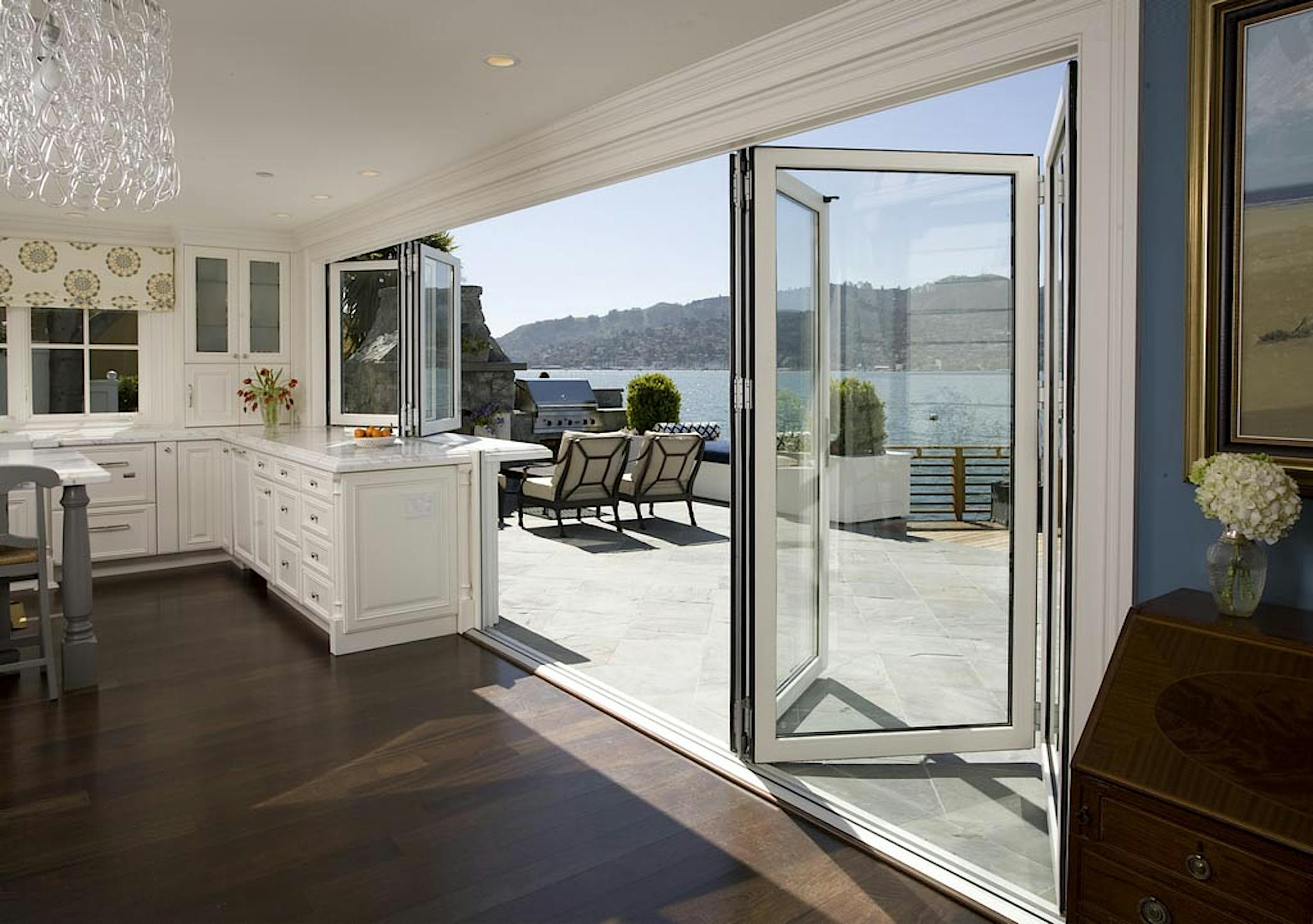
We may have mentioned this before, but when it comes to glazing, there’s a lot to know. Even a single pane of glass is more than simply a pane of glass – depending on where it was made it is likely to have a different mineral makeup, and potentially color, than if it had been made elsewhere.

Once we start talking about actual fenestration (a category that from a technical standpoint, includes opening glass walls), we have entered an entirely new ballpark in terms of complexity.

One of the many factors to consider when talking about fenestration is efficiency, which is due in large part to the fenestration’s U-factor and Solar Heat Gain Coefficient.

Understanding U-Factors
U-factors measure the rate of heat transfer, and the level of insulation that the product can provide. The numbers that make up the U-factor usually range from 0.20 to 1.20 – the lower the number, the better the performance. For instance, a rating of <.30 is considered a very good U-factor.

Understanding Solar Heat Gain
Conversely, the Solar Heat Gain Coefficient (SHGC) measures a product’s ability to keep unwanted heat (heat coming primarily from outside) out. SHGCs are scored between 0 and 1, with the lower numbers indicating better performance.
Have additional questions about glazing and efficiency? Connect immediately with a NanaWall expert.








